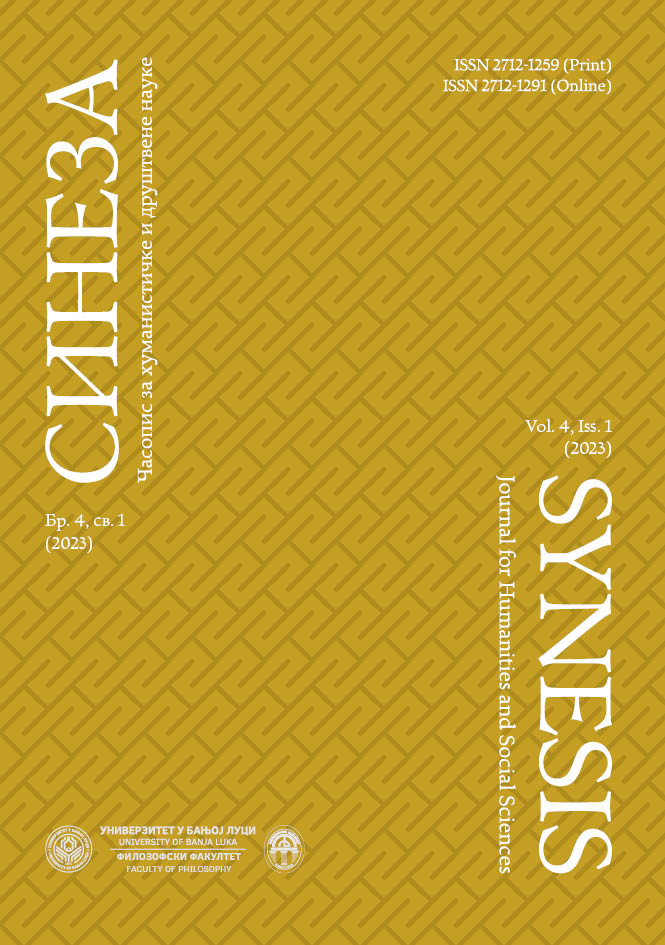Схватање љепоте и морала у филозофији Дејвида Хјума
Understanding beauty and morality in the philosophy of David Hume
Author(s): Danijela MilinkovićSubject(s): Epistemology, Aesthetics, Early Modern Philosophy
Published by: Filozofski fakultet, Univerzitet u Banjoj Luci
Keywords: beauty; morality; ideas; feelings; impressions of reflection; imaginings;
Summary/Abstract: In this paper, the author’s intention is to show Hume’s understanding of beauty and morality. Given that the concept of beauty is inseparable from the concept of morality itself, that was the reason why we decided to understand these two concepts in this paper. Hume was influenced to a certain extent by the philosophy of his predecessors, especially Locke, Shaftesbury, and Hutcheson. Hutcheson had the most influence on Hume when it comes to the very understanding of the beautiful. Hume was not an aesthetician and did not deal directly with aesthetics, but certain aspects of his philosophy bring us valuable interpretations of his understanding of beauty. The first thing we will start with is explaining Hume’s theory of sensations and ideas so that we can understand more easily where he places the beautiful and the moral in his system. We will refer to Hume’s explanation of impressions and especially to the position of impressions of reflection, which for him are passions, desires, and emotions. When it comes to the education of ideas, that is, representations, what is very important is memory and imagination. These two powers are in charge of making copies of impressions and making them into ideas, and the impressions of reflection would be the feelings that arise after meeting those impressions again; he calls them–impressions of reflection. We will talk about how Hume, like several of his predecessors, equates the moral with the beautiful and replaces reason with the judgment of taste, i.e. inner sense. Hume, thus, contrary to all previous philosophical positions, not only British but in general, elevates morality and beauty above science. He believes that science, as opposed to morality and the beautiful, is more subject to change throughout its history. Although science has criteria, and feelings do not, Hume shows how, in practice, we can show that feelings also have their own criteria, which, in the end, can be more stable than the criteria of science. Morality and beauty, according to Hume, are closely related and have the same source, and we will show how much moral virtue and purity contribute to the feeling of satisfaction of the individual, but also of society as a whole. When we talk about the general foundations of morality, we cannot but ask ourselves whether we derive morality from reason or from feelings; whether we derive moral knowledge from logical conclusions or with the help of direct perception and feeling. In the end, we ask ourselves: is it reserved only for the human species? In both of his major ethical works, Hume presents a simple concern for morality as the starting point for moral reflection. The virtues that are mostly considered beautiful and desirable are benevolence and humanity, friendship and gratitude. Wherever such virtues are concerned, they are present themselves, and as Hume points out, they demand good feelings from other people, which in turn create a healthy ground for judging our actions as moral and beautiful.
Journal: Sineza
- Issue Year: 4/2023
- Issue No: 1
- Page Range: 91-110
- Page Count: 20
- Language: Serbian

